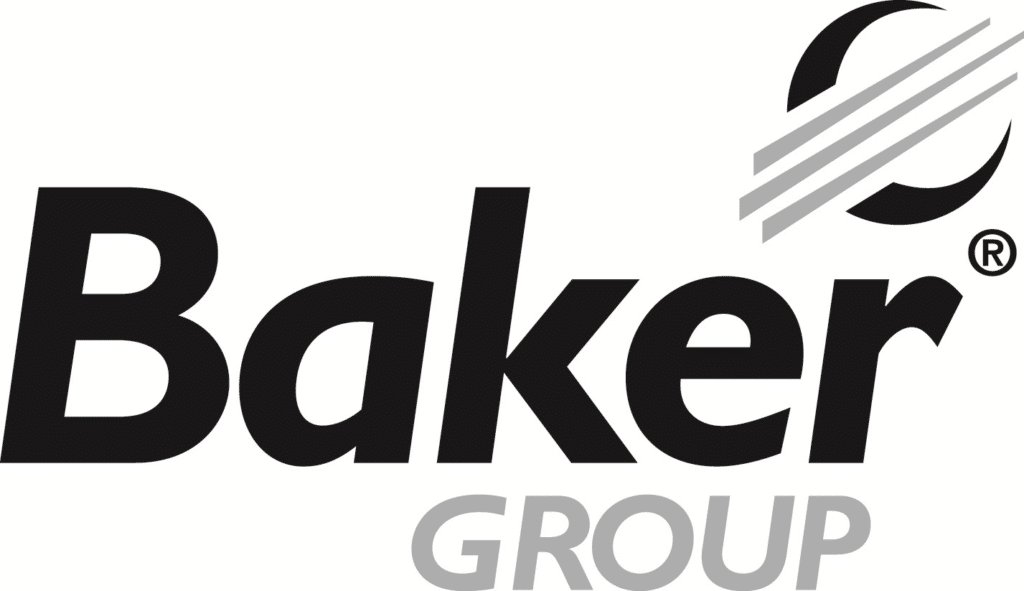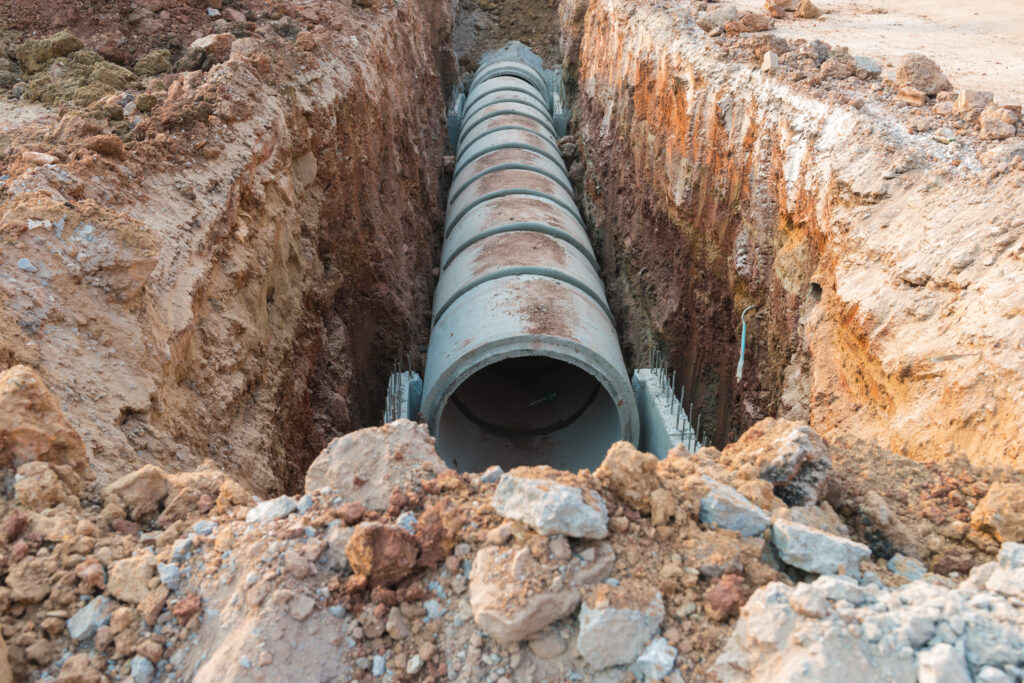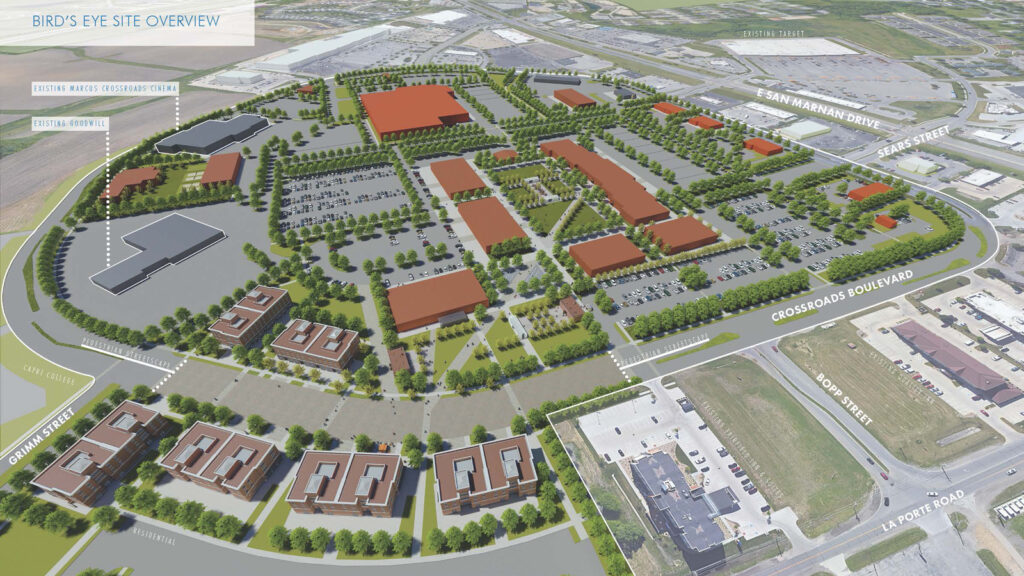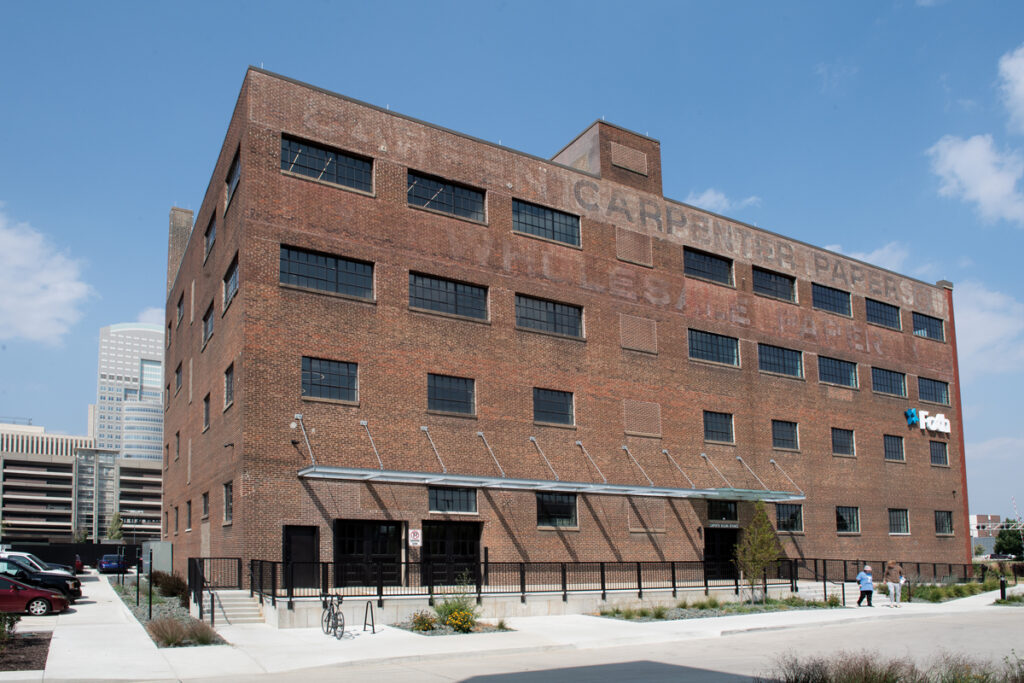Workers aren’t flocking to construction jobs
Some have found jobs outside the industry; others looking for a sure thing

A spurt of construction activity in Eastern Iowa is coming up short on one end – workers aren’t flocking to the jobs, even after nearly five years of employment losses in the industry.
Scott Norvell, president and CEO of Master Builders of Iowa, an industry trade organization, understands the reasons and frets about the consequences when the industry experiences another boom.
The issue carries some irony with it as well. Master Builders of Iowa is celebrating its 100th anniversary at a time when overall construction activity is flat, as it has been for the last couple of years.
Norvell worries that with so many workers having fled the industry, it will take years for new employees to acquire the skills that will be required when construction companies once again are flush with work.
“The problems it creates are going to be exacerbated,” he said. “To me, it’s the ultimate irony.”
Mike Tousley, executive vice president of The Weitz Co., agreed.
“The tools that are used today aren’t the tools that were used 20 years ago,” Tousley said. “It’s gone from manual to more technical. It requires constant training and retraining.”
On the other hand, Norvell also understands why construction workers would flee the industry in search of more job security.
“When the industry has no visibility, and you don’t see a comeback, you have to look for other opportunities,” he said.
A similar situation occurred after the recession of the early 1980s, Norvell said. When the industry emerged from that recession, it was short of skilled workers.
“To me, it’s no different in times of high unemployment or booming employment – do the workers have the right skills to do the job?” Tousley said. “When things were going fast and furious, we had this same issue.”
The current uptick in hiring is the result of projects under way or slated to begin in the River Landing development in Coralville, where there are jobs, but not enough workers to fill them.
“We’re hearing that they don’t have confidence in the industry yet,” Tousley said. “We can’t guarantee them anything more than a month or a couple of months of work, so you can’t blame them. They don’t want to give up what they’ve got.”
Norvell said the jobs don’t carry a guarantee of long-term employment.
Construction experts had expected stronger growth in the industry this year. When that didn’t occur, they started looking to 2012. Now they suggest that a big boom might not happen until the second half of 2015.
For the time being, there is too much uncertainty about the economy, fed in large part by posturing on the federal budget and deficit by both major political parties. That means that the pace of private-sector construction could remain flat, at least through the presidential election.
“I think there are a lot of folks that are going to wait and see what happens,” Tousley said.
The motivation for construction growth needs to come from the private sector, he said.
Hiring in Iowa’s construction industry, where the average worker’s pay is 17 percent higher than in other private-sector jobs, has picked up in recent months.
In October, the state ranked fourth in the nation in terms of job growth, with a 4.3 percent gain from October 2010. However, total construction employment remains about 17 percent off its peak in February 2006, according to a report from the Associated General Contractors of America.
As an indication of the on-again, off-again nature of construction hiring, gains and losses were split among all states in October, with half showing an increase in hiring and half showing a decrease.
The recession and recovery have had their own unique personality, compared with previous recessions, Norvell said. For one thing, the collapse in financial markets and the housing industry that led to the recession caught businesses by surprise, Norvell said. “This all happened in a 12- to 18-month period,” he said. “With the recession in the 1980s, you could see it coming.”
Tousley noted that the anticipated failure of contractors and subcontractors during the depth of this recession did not happen. Instead, it is happening during the recovery among companies that find themselves short of cash.
“There are lots of pro-jects ready to go, but there is no financing,” Tousley said.
Despite the challenges facing the industry, whether it’s finding enough workers for available jobs or financing for pending work, Norvell is optimistic, in part because he believes we are living through unique times.
“If ever there were a time to make an investment, it is now,” he said. “We won’t see these times again, with short supply and high demand. If you’re waiting for the perfect time, I think we’re in the perfect time.”










